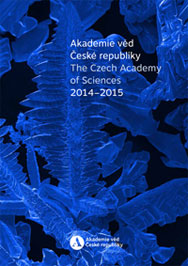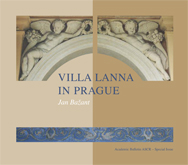Advanced Physical Methods in Cell Biology and Nanomedicine
Institute of Physics ASCR invites you to a seminar Advanced Physical Methods in Cell Biology and Nanomedicine by Oleg Lunov on March 19th, 2014 at 15:00 in the Lecture Hall of the Institute of Physics ASCR, Cukrovarnická 10/112, Prague 6.
Oleg Lunov
Advanced Physical Methods in Cell Biology and Nanomedicine
Physics has made crucial assistance to health ever since the birth of medicine. Vast variety
of modern advanced physical methods has been developed for biological and medical applications in
the last decade, such as applications of optoelectronics in medicine, biophotonics, biomedical
applications of low temperature plasma, spectroscopy, laser technology, nanotechnology. As a part
of novel physical methods, superparamagnetic iron oxide nanoparticles are widely used for cell
labeling and as diagnostic contrast media. We investigated how these nanosized particles might
affect cellular functions. First of all, we revealed that the main uptake mechanism proceeds via
clathrin-dependent, scavenger receptor-mediated endocytosis. A mathematical model of the uptake
process was created that permits determination of key parameters of endocytosis. Furthermore, we
investigated delayed effects of nanoparticles on living cells. Prolonged exposure of the
macrophages to nanoparticles led to significantly enhanced production of reactive oxygen species
associated with induction of apoptosis (programed cell death). These data indicate that nanosized
contrast media hamper macrophage function, an effect that can be antagonized with suitable oxygen
radical scavengers. Furthermore, contributions of physics in biomedicine will grow as the molecular
mechanisms of disease are better understood and as new technologies enable the investigation of
these molecular processes in vivo. Generally, a better understanding of the underlying biological
mechanisms of novel physical methods will be instrumental for the development of new diagnostic and
therapeutic strategies
.
Oleg Lunov
graduated with MSc degree in Biophysics from Donetsk National University, Ukraine in 2007. He
obtained his PhD from the Institute of Pharmacology, Ulm University, Germany in 2011. Following
this, he worked as a post-doctoral researcher at the same institute. In 2014 he received the
Purkyne Fellowship and joined Institute of Physics AS CR.
 EUSJA General Assembly
EUSJA General Assembly
